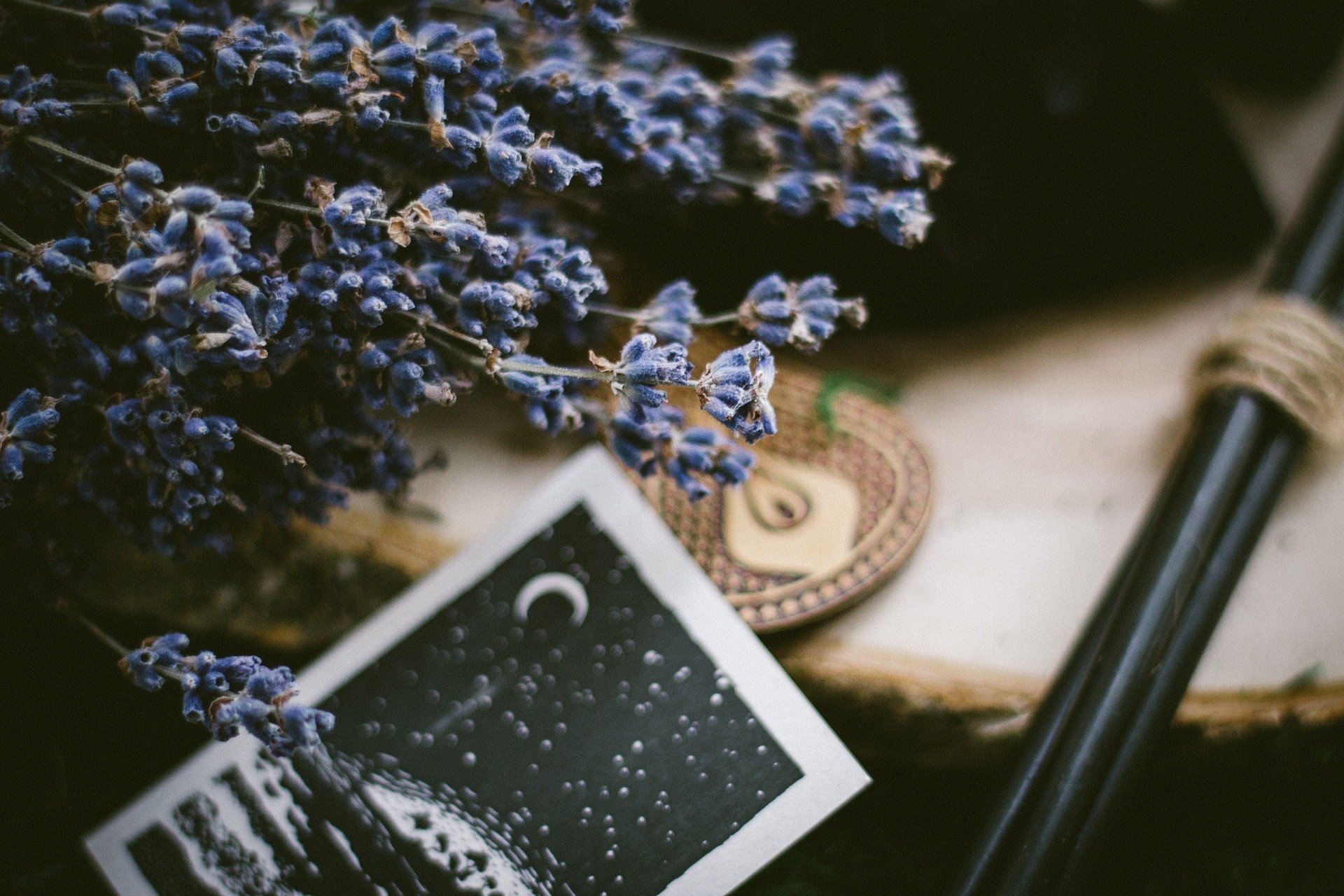 Right now I smell like smoke and, as my husband keeps pointing out, I need to take a shower. That’s because I just came back from an afternoon spent in the back yard getting acquainted with my Bear Gryll’s Survival Knife. My husband got this for me about a month ago, as an early Christmas present, but today was the first time I found time to get out there and practice with it.
Right now I smell like smoke and, as my husband keeps pointing out, I need to take a shower. That’s because I just came back from an afternoon spent in the back yard getting acquainted with my Bear Gryll’s Survival Knife. My husband got this for me about a month ago, as an early Christmas present, but today was the first time I found time to get out there and practice with it.
It’s a good knife. Well, I don’t really know knives; but my husband tells me that it’s a good knife. It’s made by Gerber, and theoretically comes with everything you would need to keep yourself alive if you get lost in the woods, including a fire starting rod, a pommel that’s made to double as a hammer, a safety whistle for signalling for help, and a pocket survival guide that fits into a pocket on the back of a sheath, which also has a built-in knife sharpener. Since I’m more likely to get lost in the urban jungle, I moved the safety whistle to my key ring for my EDC and replaced it with a lanyard made of about 20 feet of braided paracord.
The blade had a razor sharp edge out of the package. I got to put it to use while gathering kindling and firewood, trimming pine knots off of our cast-off Christmas tree to use for kindling. But my main mission today was to try out the fire starter rod and to practice making fire.
I built up a pretty good fire base, based on instructions from various survival books we have around the house and various survival shows we’ve watched. I gathered several different types of tinder found around the yard, including dried leaves, dead grass, and an old, dried corn husk that was lying on top of the compost pile, to experiment and see which would light best. I also tried some dried juniper needles. Scraping my fire rod with the back of the knife–and here’s a protip for you: if you’re dealing with someone who is new to knives, don’t just assume it’s common sense to use the back of the blade instead of the blade itself to strike a fire starter. Although today was the first time I actually tried to make fire, back when I first got the knife I ran right outside to try making sparks with the fire rod, and much to my husband’s chagrin I used the blade. I just didn’t know any better. And apparently neither did any of the people we recently watched on Out of the Wild on Netflix.
Anyway, finally knowing better, today I used the back of the blade, and the fire rod produced some pretty good sparks. But regardless, I couldn’t get any of the natural tinder to light. I kept trying for about twenty minutes before getting impatient to see fire and resorting to using a Vaseline-coated cotton ball that my husband had prepared for me. I pulled at the cotton ball to fluff it up and expose the fibers, and then showered it with sparks. It took about three tries to catch a spark and light right up. I took about half a second to stare appreciatively at the sudden flame before adding kindling and building up the fire.
I kept adding wood to it and kept it going for about twenty minutes, before letting it burn out so I could try again with natural tinder. Which I did, for about forty-five minutes, before giving up with frustration and cramped hands, and going inside for lunch. But I had gone to the trouble of gathering up more wood and kindling for that second fire, so after lunch I went back out to try again–albeit this time I went with another cotton ball, this one coated with Burt’s Bees lip balm, for backup. After another frustrating turn at trying to get the natural kindling to light, I finally gave up and used the cotton ball. It sparked right up, and I built up another nice fire before letting it burn out and calling it a day.
So now I’ve made fire, and I’m feeling a little more empowered now than when I stared, although I would feel a heck of a lot more empowered if I had actually managed to start it with found materials. Even so, it was a learning experience. Lessons learned:
- Do not rely on nothing more than a fire starting rod. Carry multiple methods of starting fire, and carry tinder or fire-starting fuel that you know will work.
- Even a small fire takes a lot of fuel to keep going. I had gathered enough small branches to keep the fire going for about twenty minutes at a time. If I had needed to keep it going for hours, or over night, I would have needed to gather a lot more wood.
- Witch hazel and olive oil are really good for getting pine sap off of both skin and steel.
- Dried juniper branches might not make the best tinder, but they do make great kindling. So do pine knots.
Obviously, I need to keep practicing. I will point out that one frustrating thing about the knife was that after probably fifty strikes or so, it starting getting hard to get the fire rod to spark. I don’t know whether that’s because it was losing its potency or I was just getting tired and not doing it right. Either way, using the fire rod definitely has a learning curve.
Oh, and after cleaning my knife I used the built-in sharpener to put a really sharp edge back on it. So although my fire-making skills leave something to be desired, all in all I’m pretty impressed with my knife.




0 Comments
Nick · January 29, 2012 at 11:21 pm
When you do finally start one with all natural materials, it will feel awesome!
PrepperGirl · January 30, 2012 at 12:21 am
That’s what I expect. I need to get back out there and practice some more.
Thanks for commenting!